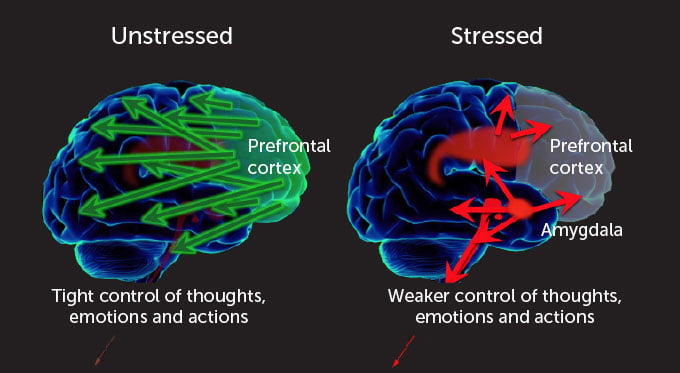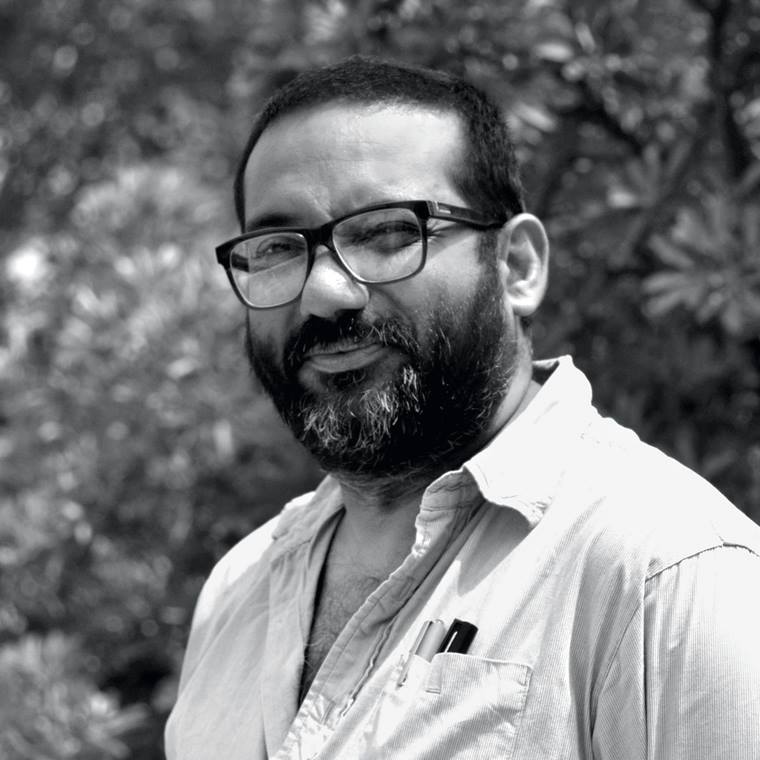Introduction
We are human beings and we feel ups and downs in our life, it is a completely normal phenomenon. The most important thing to focus on is- how can we tackle this? We all have families, friends, professional life, personal life, and a lot more. It is unbeatable to get stressed sometimes but feeling depressed is a lot more serious problem than people think. It consumes you from the core of your heart.

When I used to talk about my depression to people, they usually thought that I am feeling sad but no it is not sadness; it is “EMPTINESS” a dark emptiness in the mind which kills all the zeal for the improvement functions, and even in some cases it disables us mentally to the level when we do not even motivate to get up for our basic needs.
So, the question is what should you do? Definitely, meet a psychiatrist. Look! It seems like too much but doesn’t fall for it. Visiting a professional for help is neither a crime nor degrades to your personality. Seek professional help. Earlier you respond better will be the result. There is never too late for the treatment.
Apart from that, you should try to get into your life and put effort to recollect it. It will help you to connect with the real world. Meet people; try to invest your time in leisure activities and most important put yourself for the others.
There is a less but most effective way of coping with your mind and emotions, that is through art.
How?
Art helps our brain to produce serotonin (a chemical responsible for a stable mood, feelings, and lifestyle). One of the most important things I have learned in my life is- we do not seek happiness we seek stability, peace of mind, and relaxation. All we need is peace of mind and everything falls in its place.
Any kind of art can stimulate serotonin consequently stabilizing your thoughts, emotions, and life. According to Wellarts Association-“The arts are a critical component of healthcare. Expressive art is a tool to explore, develop and practice creativity as a means to wellness.”
Not only in professional and personal life; art can influence your academy positively. According to Eric Jensen, one of the leading translators in the world of neuroscience to education state in his book, “Arts with the Brain in Mind” that it offers attention, cognitive, emotional, and motor capacities. These capacities are required for mathematics, science, and other academic endeavors.
Before we proceed further let’s find out how our brain works.
As we all know, the brain is a muscle, and the more we exercise a muscle stronger it becomes. But how true is this theory for the brain? Well, according to the Harvard researcher and scientist Dr. Ressler- the brain is a combination of different parts rather than a single unit which is why we have to look at it from different perspectives.

When one part of the brain gets used more than the other parts of the brain-the brain developed long-term changes according to the practice. For example, when you are in a stressed situation for a very long time, the amygdala (the part of your brain active during your survival instincts) developed so much that it takes over the functions of memories and problem-solving parts of the brain.
You develop the amygdala, or in the other words, you exercise the amygdala or stress-part of your brain while you are stressed. That means, you are preparing yourself for more stress and your brain is started making a formation for the stressful situation which will ultimately lead you to deep depression.
How does art help you to cope with stress and depressions?
National Centre for Creative Aging (NCCA) found that art creates a sense of purpose in life. Artists are twice likely to volunteer as others. It also established that they are a highly functioning group of our society. While creating artworks, the frontal cortex of our brain gets activated responsible for creative thinking or out-of-the-box ideas.
When we practice long enough, our brain creates a roadmap for creative thoughts and ideas. These creative ideas help us to feel our individuality and help us to perform differently and mostly better than the others.
When we are in the creative zone, we keep pushing ourselves towards different directions which creates a psychological flow that is necessary for the long-term focus and a sense of fulfillment. It creates new neural pathways and stimulates inspiration.

Getting down in the artistic endeavor will not only benefit you in depression, anxiety, or other mental problems but also help in minimizing heart disease.
So, how to start it?
Starting is the most crucial part of a creative endeavor. Listen here, you do not have to become Picasso, Monet, or Da Vinci in art but to enjoy it. Try it with drawings. Why drawings? They are minimalist; you need a surface and pen or pencil, that’s it- you can create an artwork.
Never think too much, start small- try to draw something very easy and proceed further step by step. Soon after a month or two, you can compare your works as well as your mental status. It will make you feel better in the long run.
It is a kind of occupational therapy
If you are thinking that it is completely hypothetical and there is no practical use then I am sorry to say that- there is complete applied research on it. If you want to learn more about this practice and the mental benefits associated with it then you should read about Occupational Therapy.
Occupational therapy helps people to overcome mental obstacles by indulging them in some fruitful and creative activities. It work by helping people’s brain to release GABA chemicals– these chemicals help us to stay happy and stable; they release when we complete some meaningful activity or we are engaged in some creative endeavor.
While chemicals are released during creative works, there is another thing happening with your mind and body and that is- creating a pattern of work and stimulation. Your mind starts creating a pattern of participating in creative works. These patterns form for your whole life that will make it easy for you to get into the creative works as well as escape reality.
Now, your brain is creating a pattern for creativity as well as releasing happiness chemicals offering you satisfaction. It will help you to recover more frequently as well as add something valuable to your personality and life as well.
Helpful Fun fact:
Do you know? Our brain can only focus on a single thing once a time. Let’s try a simple experiment. Try to think about your next day’s work schedule and Abraham Lincoln. Tried? You will get to know that, you may think about them one by one but not simultaneously.
So, how we can use this feature of our brain is in our own interest? Focus on something that is pleasurable, calm, and relaxing. When you start focusing on the objects which are positive, the negativity and emptiness from your brain are replaced with these calm and relaxing thoughts and processes. This is what happens when you paint, write, script, solve mathematics, balance chemical equations, and work on cleaning your desktop, so on.

Vikash Kalra is a self-taught artist and writer based in New Delhi whose work has been exhibited across India and is held in several private and corporate collections.